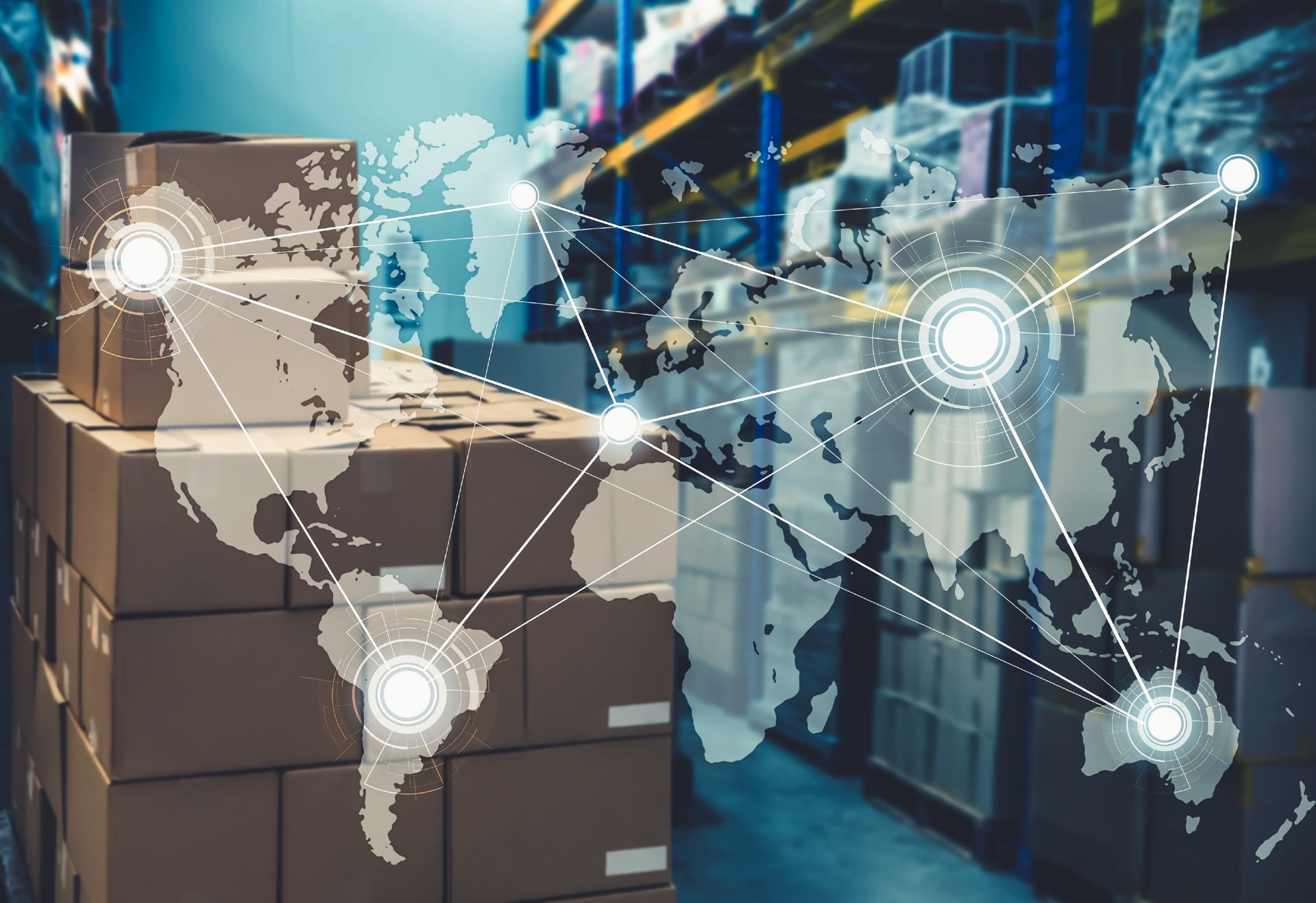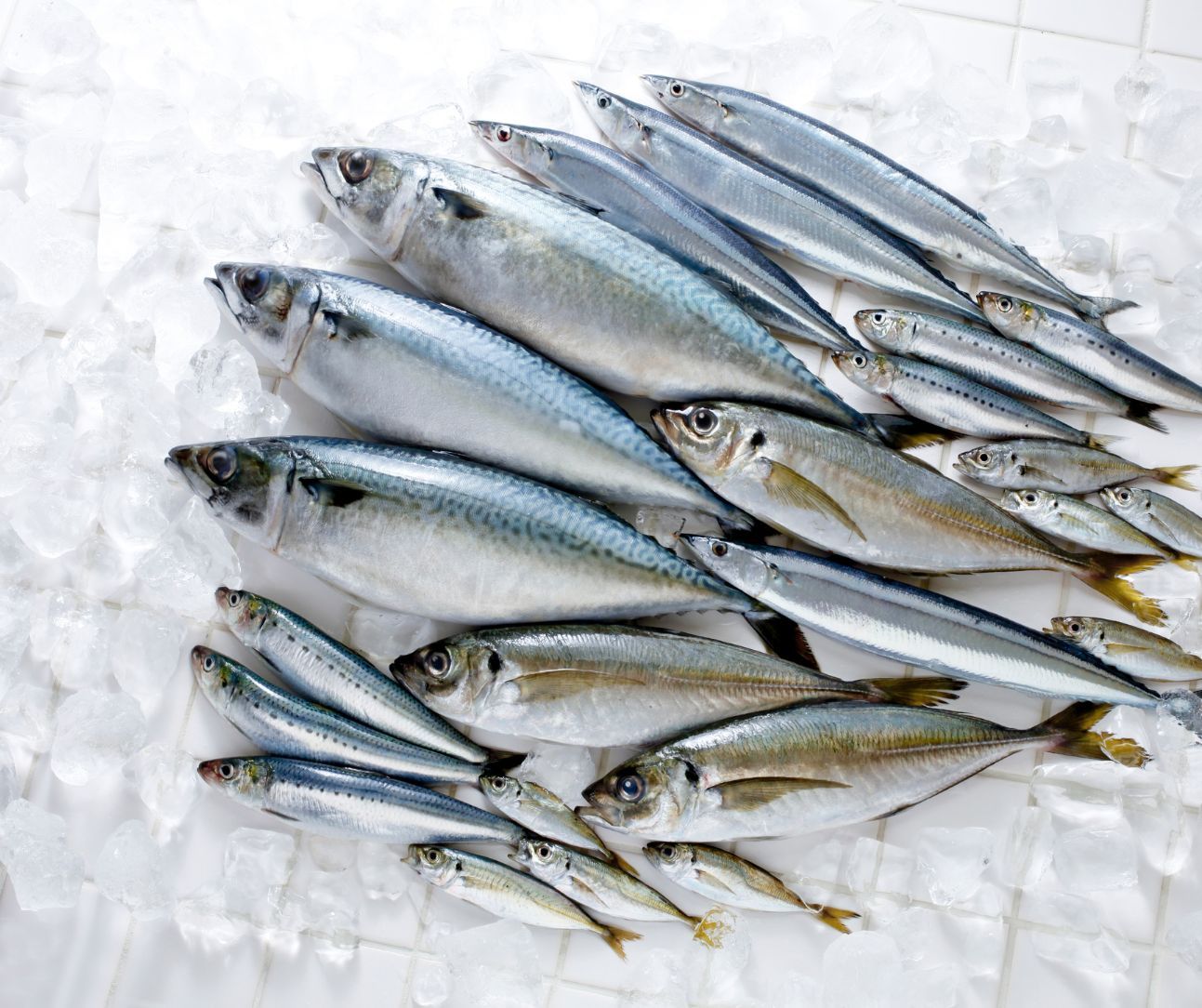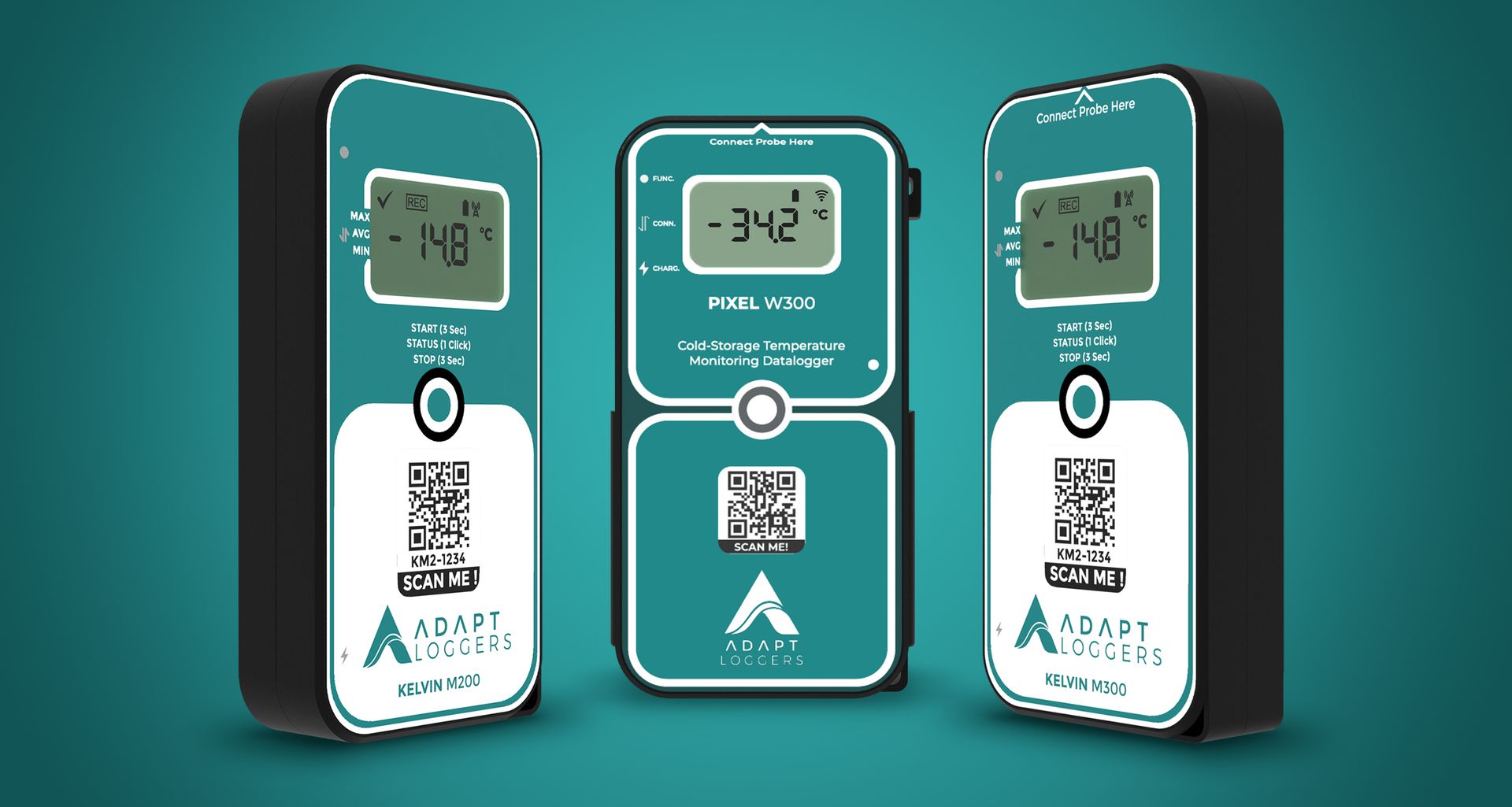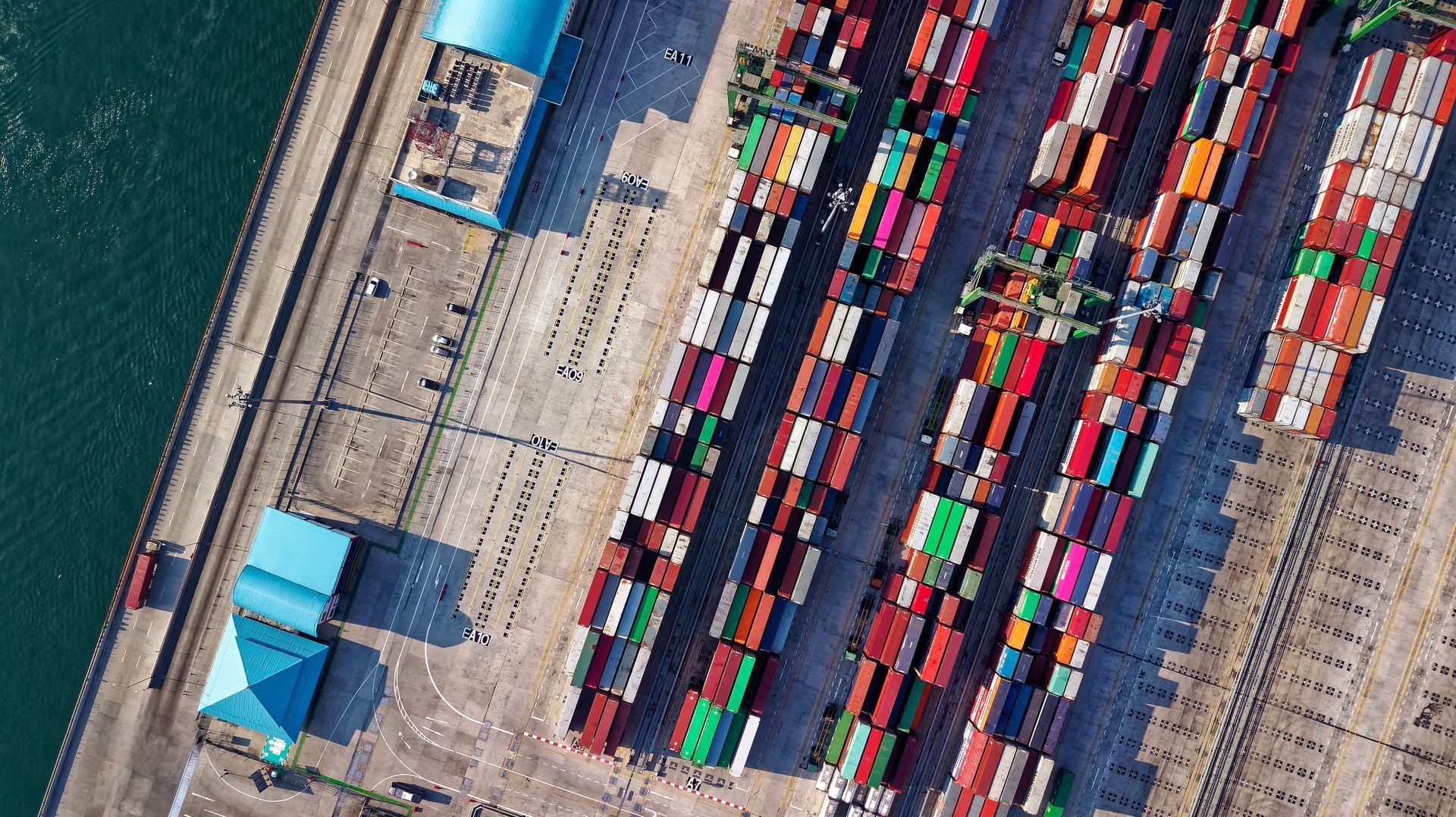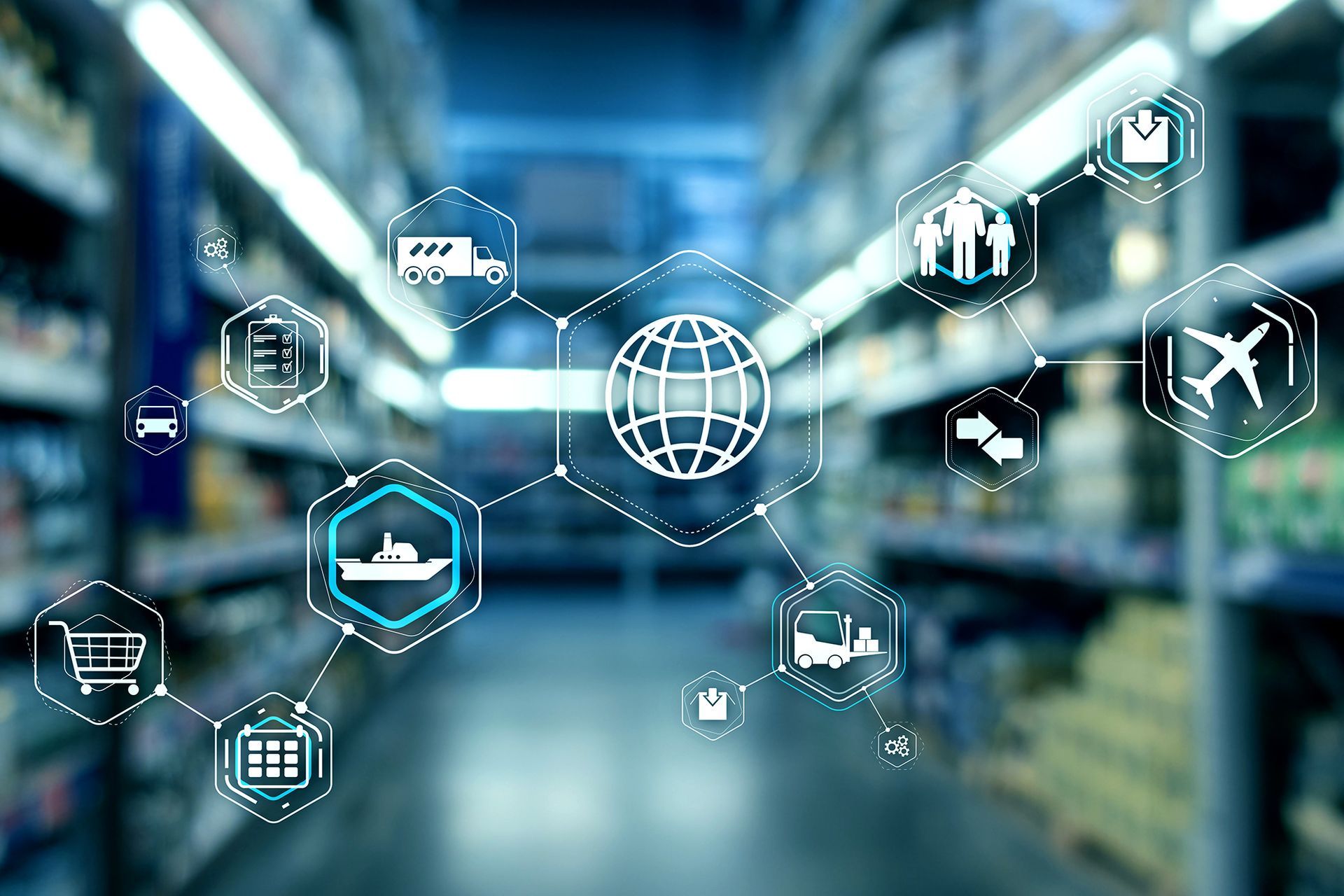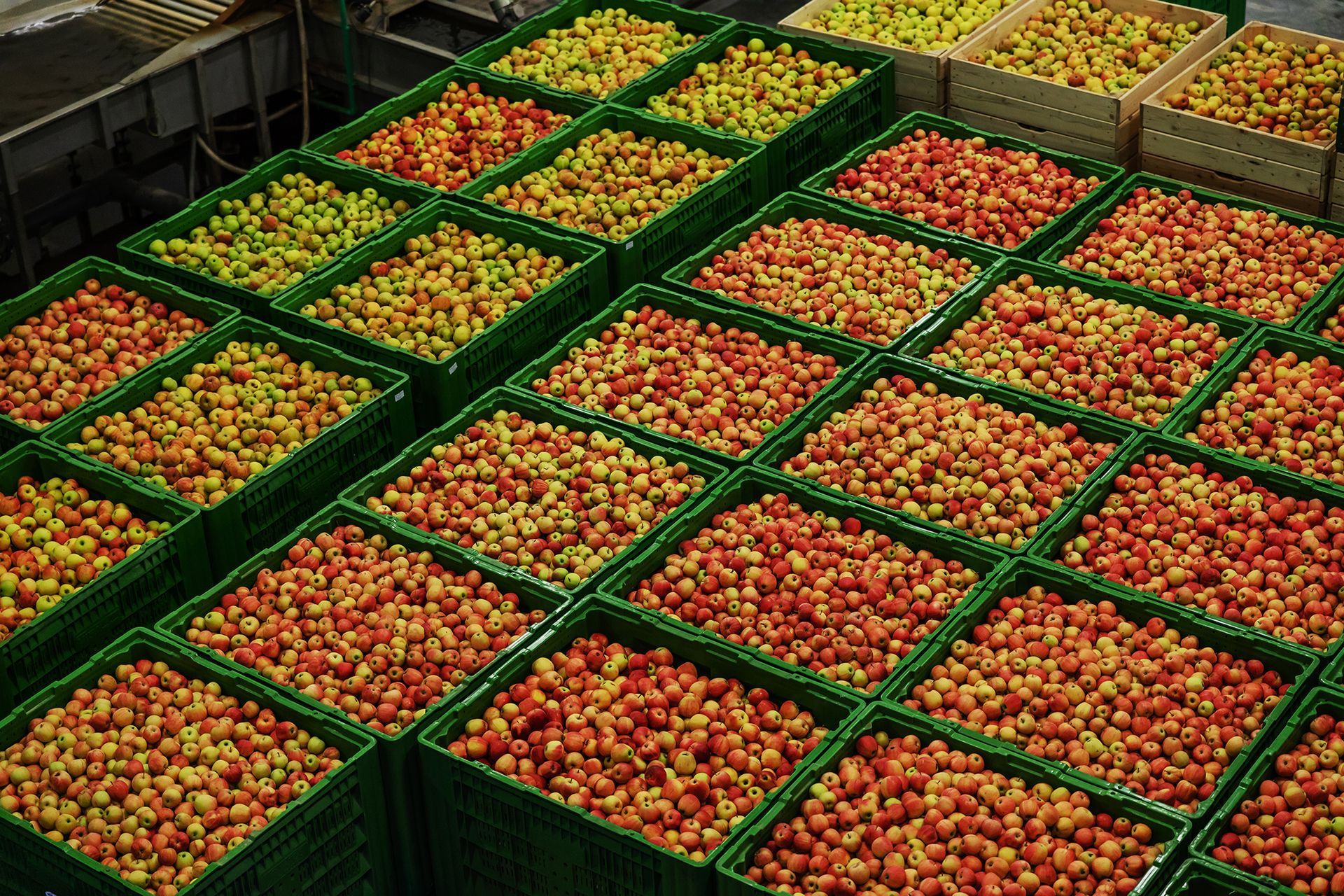Cold Chain Sustainability Metrics: Tracking Environmental Impact and Achieving Green Logistics
In a period where environmental consciousness and sustainable practices are becoming the cornerstone of various industries, the cold chain logistics sector is undergoing a pivotal transformation. The convergence of globalisation and the burgeoning demand within the pharmaceutical and perishable goods industries has propelled the cold chain market to new heights. The
global cold chain logistics market has a projection of an astonishing valuation of $647.47 billion by 2028, boasting a compound annual growth rate (CAGR) of 15.1%.
1. The Cold Chain Conundrum: Challenges & Waste
2. Why Sustainability Metrics Matter in the Cold Chain Industry
3. Measuring Sustainability Metrics
4. 4 Best Sustainable Business Practices in Cold Chain
5. Sustainability Metrics in the Global Context
6. Cold Chain Performance & Sustainability Goals
7. Take Action for a Greener Future
1. The Cold Chain Conundrum: Challenges & Waste
This exponential growth comes hand in hand with substantial challenges, including a staggering $35 billion annual waste. The cold chain logistics industry has been experiencing the high cost of waste due to the complexity of the cold chain. The conundrum of maintaining temperature-sensitive products, ensuring compliance, and coping with infrastructural limitations poses a significant hurdle for businesses involved in the cold chain. Amidst this landscape, the implementation of sustainable practices and the tracking of environmental impact has become imperative.
2. Why Sustainability Metrics Matter in the Cold Chain Industry
Sustainability metrics, often overlooked, are integral to addressing these challenges. These metrics offer a comprehensive framework to track, measure, and improve the environmental impact of cold chain logistics operations. They encompass a range of Key Performance Indicators (KPIs) crucial in determining and achieving sustainability goals.
In this blog, we will explain the importance of cold chain sustainability metrics, the significance of tracking environmental impact and how these metrics are shaping the future of green logistics.
Read more about -
Chilling Success: Mastering Cold Chain Logistics.
3. Key Performance Indicators (KPIs) for Cold Chain Sustainability
What are KPIs?
KPIs, or Key Performance Indicators, are measurable values that help businesses gauge their progress in achieving specific objectives. In the context of the cold chain, sustainability metrics or KPIs play a pivotal role in evaluating the environmental impact of operations. These metrics offer essential insights for businesses looking to enhance their green logistics and sustainability efforts.
Measuring Sustainability Metrics
Here are some critical sustainability metrics for cold chain businesses:
- Energy Consumption Per Unit Transported: This KPI measures the energy efficiency of cold chain operations. It reflects the amount of energy required to transport a unit of goods over a specified distance. Lower energy consumption means a greener supply chain.
- Greenhouse Gas Emissions: Tracking greenhouse gas emissions is crucial in mitigating climate change. By assessing emissions throughout the supply chain, companies can reduce their carbon footprint.
- Water Usage: Water is a precious resource. Monitoring water consumption helps identify areas where water can be conserved, ultimately contributing to sustainability efforts.
- Waste Reduction: The cold chain industry generates substantial waste. Reducing waste through sustainable practices benefits the environment and lowers operational costs.
- Compliance with Sustainable Packaging: Sustainable packaging practices are gaining traction. KPIs in this category track the use of eco-friendly packaging materials and methods.
- Green Transport Practices: Efficient transportation plays a critical role in reducing the environmental impact of the cold chain. Metrics related to fuel efficiency and transport modes fall into this category.
These KPIs provide valuable insights into the environmental impact of cold chain logistics, helping companies make data-driven decisions to improve their sustainability practices.
Read more about - Can Cold Chain Operations Be Optimised With Data Analytics?
4. 4 Best Sustainable Business Practices in Cold Chain
Embracing sustainable business practices is no longer an option; it's a necessity. Not only does it help your bottom line, but it also aligns with global sustainability goals. Sustainable supply chain management involves optimising operations to minimise the environmental footprint. By embracing environmentally friendly initiatives, cold chain businesses can:
- Reduce Costs: Sustainable practices often lead to cost savings through efficiency improvements and waste reduction.
- Enhance Reputation: Eco-conscious consumers and partners are more likely to engage with companies that prioritise sustainability.
- Boost Employee Morale: A commitment to sustainability can enhance employee satisfaction, fostering a positive work culture.
- Mitigate Risks: Compliance with sustainability standards reduces the risk of legal issues and regulatory fines.
5. Sustainability Metrics in the Global Context
In today's interconnected world, sustainability metrics have far-reaching implications. They aren't just for internal use but play a significant role in attracting investments and partnerships.
Global investors are increasingly interested in businesses that prioritise sustainability.
Real-world examples underscore the significance of sustainability metrics. Take, for instance, the pharmaceutical industry. With daily pharmaceutical supply chain operations being highly temperature-sensitive, sustainability metrics and real-time monitoring solutions go hand in hand. This is due to the ability of these solutions being able to identify if temperature-sensitive shipments have remained within the prescribed range. This real-time monitoring aligns with global sustainability goals, reducing waste and greenhouse gas emissions.
Read more about - Cold Chain Logistics Solutions: How Asset Trackers Can Help Ensure Product Quality.
6. Cold Chain Performance & Sustainability Goals
Achieving sustainability goals requires continuous monitoring of performance. That's where real-time monitoring comes into play. Also, this is where Adapt Ideations' innovative solutions come to the forefront. Our IoT monitoring devices, particularly KELVIN IoT Monitoring Devices for cold chain logistics and PIXEL Temperature Data Loggers for cold storage monitoring, are game changers in the quest for sustainability.
Real-time monitoring allows you to track and trace temperature-sensitive shipments. In addition, they also offer visibility at every stage of the supply chain ensuring that you remain compliant with all compliance standards and sustainably manage cold storage operations. The icing on the cake? Our devices are reusable, promoting the concept of sustainability at its core.
In conclusion, sustainability metrics in the cold chain industry are crucial for measuring and reducing environmental impact. As the world moves toward greener logistics, monitoring and real-time tracking play a pivotal role. Our KELVIN IoT Monitoring and PIXEL Temperature Data Loggers are tailored solutions that can help your business achieve its sustainability goals. If you're looking to streamline your cold chain operations and ensure compliance with sustainability standards, contact us to learn more about our innovative IoT solutions.
7. Take Action for a Greener Future
Don't wait to embark on the sustainability journey. Measure your environmental impact, improve your cold chain practices, and align with global sustainability standards. Contact Adapt Ideations today to explore our IoT monitoring solutions, and let's work together to create a greener, more sustainable future for your cold chain logistics.
Get in touch with us today at enquiries@adaptideations.com for further information on our solutions.
Share Our Post.
Awards & Recognition
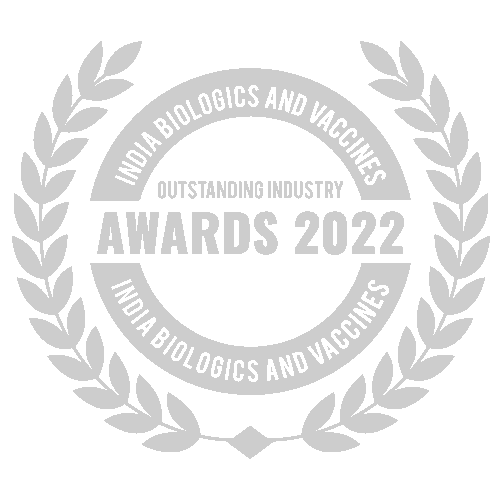
Best Temperature Monitoring Solution Provider
Awarded by India Biologics & Vaccines Outstanding Industry Awards 2022
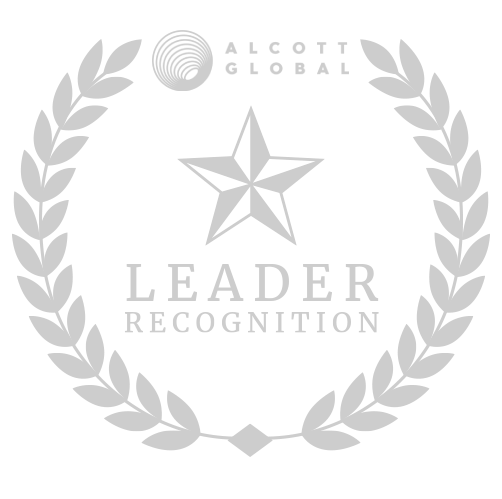
Adapt Ideations Recognised As A Supply Chain Leader
by Alcott Global on Supplify's Supply Chain Tech Map 2.0
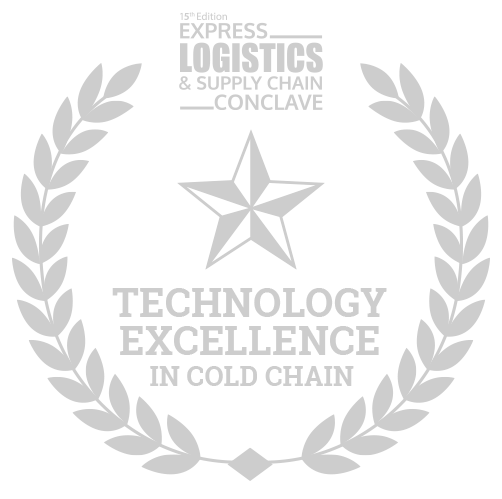
Related Articles.

